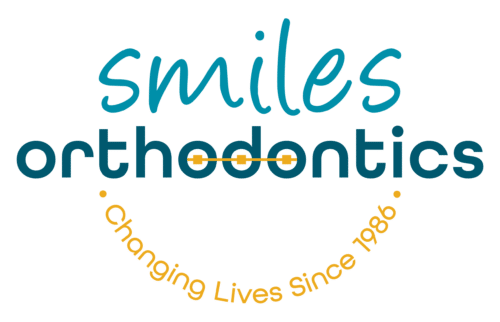Early Orthodontic Treatment
Building A Foundation For A Healthy Smile

Set your child up for success with early orthodontic treatment in Wichita, Kansas.
Right here at Smiles Orthodontics, we can help your child develop their smile before they ever need braces, meaning they can avoid longer orthodontic treatments when they get older. If a child needs early orthodontic treatment, it’s often preventative. Orthodontists can intercept some problems and solve some issues quicker and easier when the patient is young rather than waiting until they’re a teenager. If the orthodontist determines your child needs early treatment, we will discuss the best steps to take toward caring for your child’s smile. If it’s determined your child does not need treatment, we will monitor them for the next few years so that orthodontic treatment can begin if needed.
If your child is between 7 and 8, your dentist has told you to see an orthodontist, or you are concerned about your child’s teeth and jaw, contact us for a consultation.
When Should I Take My Child To The Orthodontist?
The American Association of Orthodontists (AAO) recommends that your child should see an orthodontist for the first time by the age of seven. While it’s rare that a child needs full orthodontic treatment at this time, this is the age where our expert orthodontists in Wichita, KS, can detect, diagnose and treat the first signs of orthodontic problems related to the development of the teeth and jaw.
Why 7? Many parents are surprised to hear that they should be taking their child to the orthodontist so early. However, by the age of 7, your child will usually have enough of their “permanent” adult teeth for our team to get a clear understanding of their oral development, including any budding issues that could get worse with time. If left unresolved at this young age, these issues can lead to longer, more involved and even more expensive orthodontic treatment once your child becomes a candidate for full orthodontic treatment like braces or aligners.

